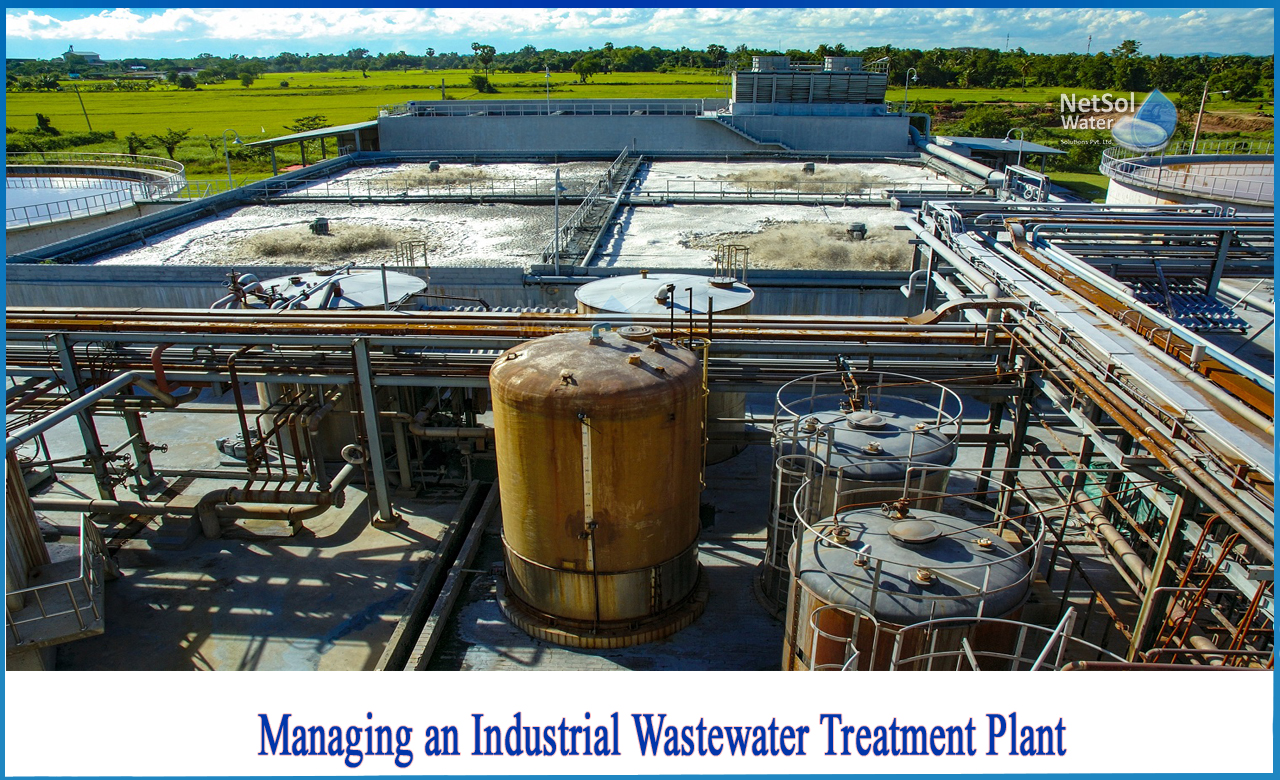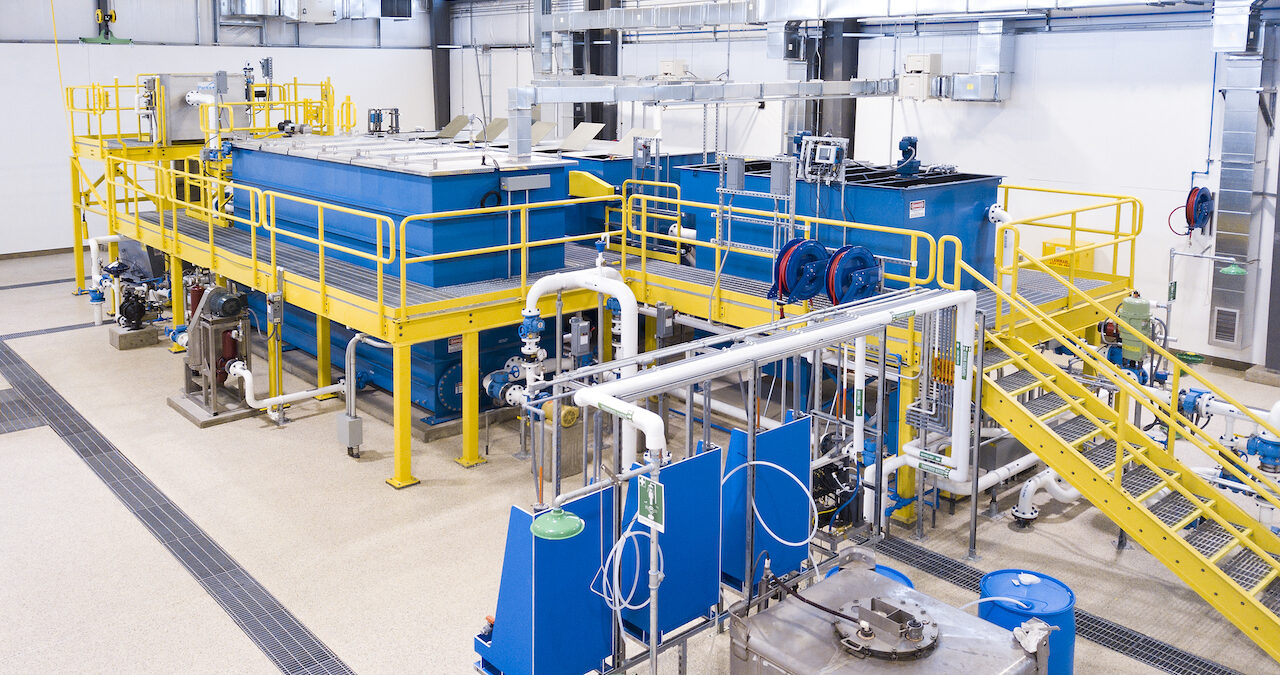Industrial Waste Water Treatment-- Tailored Solutions for Effective Wastewater Treatment
Industrial Waste Water Treatment-- Tailored Solutions for Effective Wastewater Treatment
Blog Article
Challenges and Solutions in Industrial Waste Water Therapy
The treatment of commercial wastewater offers a complex variety of challenges, ranging from stringent governing conformity to the complexities of expense monitoring and technical restrictions. The irregularity in waste structure additionally complicates the efficiency of conventional therapy methods, frequently causing escalated functional expenditures. Emerging remedies such as advanced oxidation procedures and innovative financing models show promise in resolving these concerns. As sectors come to grips with the requirement for sustainable practices, the inquiry stays: what techniques will eventually lead to a balance in between compliance, cost-efficiency, and environmental duty?
Regulatory Conformity Difficulties
Just how can commercial centers browse the complicated landscape of governing compliance in wastewater treatment? The regulative framework regulating wastewater management is complex, usually varying by jurisdiction and sort of sector. Facilities must adhere to federal, state, and local laws that determine effluent high quality criteria, discharge restrictions, and monitoring needs. Failing to abide can cause severe charges, including penalties and functional shutdowns.
To successfully handle these conformity challenges, facilities must apply durable surveillance and reporting systems that guarantee real-time information collection and analysis. Routine audits and risk evaluations can identify prospective conformity gaps, enabling positive changes in therapy processes. Employee training programs concentrating on regulatory expertise and finest techniques are important to promote a culture of compliance within the company.
Furthermore, engaging with governing firms can supply important understandings and clear up ambiguous policies. Facilities might additionally take advantage of talking to ecological experts who concentrate on wastewater therapy conformity, making certain that they stay informed of progressing guidelines. By taking on these approaches, industrial centers can not only meet conformity requirements yet likewise boost their functional performance and ecological stewardship.
Cost and Economic Obstacles
Navigating regulative conformity in wastewater treatment often offers significant financial obstacles for industrial centers. The costs related to executing required treatment innovations, preserving conformity with strict laws, and taking care of operational expenses can be intimidating. Many companies encounter high first resources expenditures for the construction or updating of wastewater treatment plants, which might stress budget plans, especially for medium-sized and tiny enterprises.
Additionally, ongoing functional costs, including chemical, upkeep, and labor inputs, add to the monetary burden. The changability of changing power costs and the potential demand for extra financial investments to satisfy developing regulations intensify these economic stress. Oftentimes, the absence of monetary incentives or support from government bodies makes it much more difficult for organizations to warrant investments in sophisticated treatment systems.
Additionally, the financial feasibility of wastewater therapy services is usually examined, particularly for industries with tight profit margins. As a result, it is essential for industrial facilities to check out cost-effective methods, such as adopting innovative funding options, involving in partnerships, and leveraging emerging innovations that can assist mitigate these economic obstacles while making sure conformity with environmental criteria.

Technical Limitations
Many technical limitations prevent the performance of commercial wastewater therapy procedures. One substantial difficulty is the inadequacy of existing treatment innovations to address intricate pollutants. Several standard approaches, such as triggered sludge and chemical rainfall, battle with the removal of arising pollutants, including microplastics and drugs. This restriction frequently results in the discharge of inadequately dealt with water, which can have harmful environmental impacts.
Furthermore, the scalability of treatment innovations poses a difficulty. While some innovative click methods, like membrane layer purification or innovative oxidation, reveal promise in regulated environments, their application on a bigger range can be excessively costly and practically difficult. Maintenance and operational complexities even more complicate the fostering of these systems, especially for smaller sized markets with minimal technological experience.
The combination of real-time surveillance technologies likewise continues to be not enough in numerous therapy facilities. Without efficient tracking systems, drivers can not appropriately assess therapy performance or spot possible failings, bring about irregular effluent high quality. As a result, attending to these technological restrictions via r & d, together with investment in innovative options, is critical for enhancing the effectiveness of industrial wastewater therapy and making certain regulative compliance. Industrial Waste Water Treatment.
Irregularity in Waste Composition
In the realm of industrial wastewater therapy, the irregularity in waste composition presents an awesome difficulty. Industries generate wastewater with varied attributes, affected by elements such as production processes, basic materials, and functional techniques. This diversification complicates More Help the therapy procedure, as traditional systems commonly struggle to successfully deal with the wide variety of pollutants present.
For example, wastewater from food handling might contain high levels of raw material, while effluents from chemical manufacturing can include heavy steels and unsafe substances. This variance requires adaptable treatment approaches to ensure conformity with ecological laws and secure public health. Furthermore, variations in waste composition can occur gradually, affected by changes in manufacturing schedules, upkeep tasks, or the introduction of new items.

Innovative Therapy Solutions
Cutting-edge treatment options are essential for addressing the complexities of industrial wastewater administration. Traditional approaches usually drop short in properly getting rid of a wide range of pollutants, particularly in facilities with diverse effluent streams. Recent developments concentrate on integrating sophisticated technologies to improve treatment performance and sustainability.
One promising technique is using innovative oxidation procedures (AOPs), which take advantage of powerful oxidants to weaken organic toxins. AOPs, including photocatalysis and ozonation, can considerably minimize poisonous substances and enhance effluent top quality. Furthermore, membrane bioreactor (MBR) technology has actually gotten traction, incorporating organic therapy with membrane filtering, resulting in high-quality effluent and decreased impact.
Another ingenious remedy is the application of source healing systems. Methods like anaerobic digestion not just treat wastewater but likewise produce biogas, which can be harnessed as a renewable resource resource. Additionally, the adoption of artificial knowledge and artificial intelligence models have a peek here can maximize therapy processes by predicting variations in wastewater structure, consequently boosting operational performance.
These ingenious remedies not only address regulative compliance however also advertise ecological sustainability, leading the way for an extra resilient and reliable commercial ecological community.
Final Thought
In final thought, attending to the challenges of industrial wastewater treatment needs a multifaceted method that integrates regulatory conformity, expense monitoring, and technological innovations. A commitment to continuous enhancement in treatment techniques will inevitably contribute to the efficient administration of industrial wastewater and ecological defense.
The treatment of industrial wastewater offers a diverse variety of obstacles, ranging from stringent regulatory conformity to the ins and outs of cost monitoring and technological constraints. Industrial Waste Water Treatment.Navigating regulative conformity in wastewater treatment frequently offers considerable monetary challenges for commercial facilities. Addressing these technological constraints via research and growth, together with financial investment in innovative solutions, is essential for improving the efficacy of commercial wastewater treatment and making certain governing conformity
Wastewater therapy facilities should spend in durable surveillance systems and flexible therapy modern technologies capable of accommodating differing influent qualities.In conclusion, attending to the difficulties of commercial wastewater treatment calls for a complex method that incorporates regulative conformity, cost management, and technological innovations.
Report this page